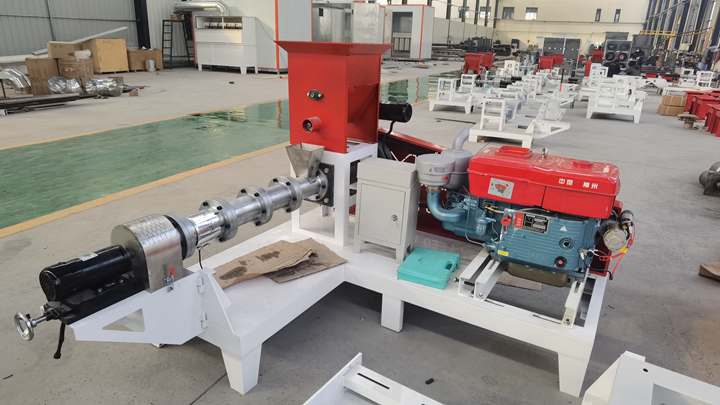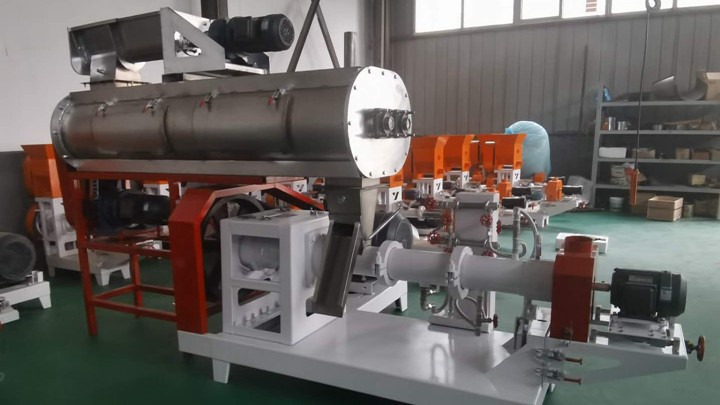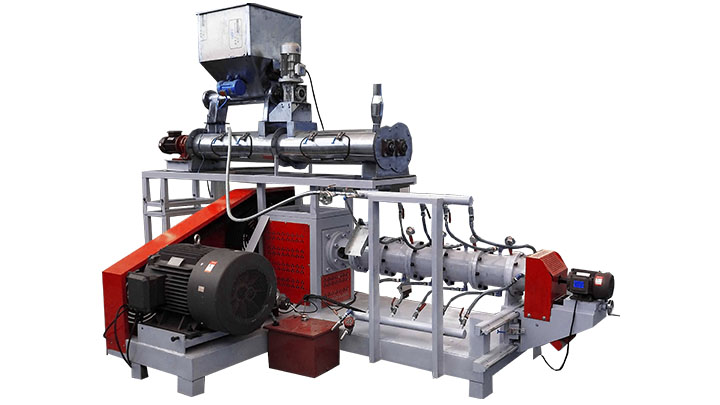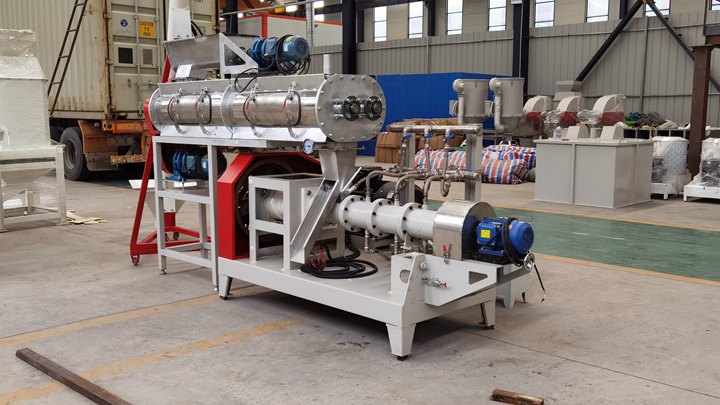Crappie feed processing plant fish ponds
-
.jpg)
Pond Management: Fish Stocking | Virginia DWR
Young bass feed on zooplankton (microscopic animals) and insects until they are 2 to 3 inches long, when they switch to a fish diet. Adult bass usually eat fish, but they will also eat insects, frogs, and crayfish. In Virginia, bass should be 12 inches long in 2 to 3 years. Bass spawn once each spring when water temperatures reach 60-65° F.
Get Price -
.jpg)
What To Feed Crappie In A Pond: Do's & Don'ts! - Panfish Nation
Apr 14, 2022 · Black crappie are much more popular at fish farms and adapt best to small-medium-sized ponds. Crappie are sight feeders, so if your pond is muddy and silty you may be wasting your time. A good rule of thumb is your pond should have 16-24 inches of visibility. Use predator fish like largemouth bass to your advantage.
Get Price -

Feed training Crappie - Pond Boss Forum
Crappie in Aquaponics. Pro's. 1) They are temperature hardy for all of north america, 2) They are one of the best tasting freshwater fish. 3) I expect them to be more active/feed for a longer portion of the year than say bluegill and channel catfish. Cons, 1) potential obstacle in getting them to eat commercial feed.
Get Price -
.jpg)
Crappie Pond - Oklahoma Department of Wildlife Conservation
A pond with stunted crappie can be stocked with about 50 10- to 12-inch bass per acre from a commercial hatchery. Ideally, stocked bass should be at least three times as long as the average size of the stunted crappie, but almost any length bass over 12 inches will eventually help the situation. It is very expensive to stock enough large bass
Get Price -
.jpg)
Think twice before putting crappie in ponds | Mississippi
FWRC-Wildlife, Fisheries & Aquaculture. MISSISSIPPI STATE -- Many landowners would like to fish for crappie in their ponds and small lakes, but crappie can cause major problems in smaller waters. The diet of crappie is very similar to the diet of other desired pond species, such as bass and bream. This overlap in dietary needs between species is not a problem when the population of crappie in a pond is low.
Get Price -

Crappie are Terrible for Ponds; Here's Why - KnottedHook
Aug 08, 2021 · The main reason that crappie can harm a pond is their food consumption. Crappie eat much the same foods as other popular species found in ponds, specifically that of bass and bream. When there are low numbers of Crappie in a pond the species tend to balance out. This is because bream and bass eat somewhat different foods.
Get Price -

Crappie In Small Ponds | Missouri Department of Conservation
Successful crappie management in ponds requires clear water, rooted aquatic plants, and sufficient numbers of adult largemouth bass to control the numbers of young crappie. If any of these conditions are lacking, crappie can take over the pond. Water Clarity. If water clarity is low, predator fish won't be able to see young crappie to eat them.
Get Price -
.jpg)
11 Best Tips: Crappie Fishing in Ponds (How, When, Baits)
If you are fishing ponds, the best time of day to fish for crappie is early morning from dawn until 2 hours after sunrise and late afternoon from 2 hours before sunset right until dusk. These times are the coolest of the daytime hours and feature reduced sunlight which crappie love hunting in. You can also do well fishing after dark with live
Get Price -
.jpg)
Developing New Technologies for Rearing Food Sized Black and
The only significant difference in FCR was between black crappie fed type 1 feed and white crappie fed type 2 feed. During the first week of April black and white crappie from the indoor RAS study were stocked in six (6) ( 3 replicates of each species) in 0.4 hectare ponds. Approximately 400 fish of each species were stocked in each pond.
Get Price -
.jpg)
Raising Crappie - Successful Farming
Mar 28, 2014 · However, many farm pond owners stock them because they're fun to catch – and quite tasty. Thornhill says they can be successfully raised in farm ponds that meet certain criteria. "Crappie are sight feeders, so you want clear water, visibility of 2-1/2 to 3-feet or so," says Thornhill. "You also want to have established, rooted vegetation in
Get Price -
.jpg)
What Fish Should You Stock In Your Farm Pond?
Oct 10, 2018 · Trout. Carp (common and grass) Goldfish. Yellow perch. Buffalofish. Tilapia. Crappies (black and white) There are others to avoid, so do some research before throwing just any fish into your farm pond. Always buy your fish from a licensed commercial fish hatchery, listen to their instructions, and follow their advice.
Get Price -

What To Feed Crappie In A Pond – You Don't Want To Do This!!!
Jun 02, 2022 · The black Crappie is significantly more common on fish farms, and they thrive in small to medium-sized ponds. Because Crappie is a vision feeder, you may be spending your breath if the pond is dirty and silty. A decent general rule is that the pond should have a visibility of 16-24 inches. Take advantage of predatory fish like largemouth bass.
Get Price -
.jpg)
Raising Crappie In Tanks - Grower Today
Crappie fish requires stocking them in a well-spaced environment, so you should always go for a larger tank. The recommended stocking density for 2 to 3 crappie fish is 80 gallons. Thus, your fish tank should be able to fill at least 80 gallons of water. However, if you wish to raise 4 or more crappie fish, you should go for larger tanks.
Get Price -
.jpg)
Fish Stocking Alternatives to Benefit Farm Ponds – Mother
Mar 01, 1984 · The conventional wisdom is that it takes a “large” pond (this could be anywhere from 3 to 100 acres!) to produce good crappie harvests. The fish has been managed in some small ponds, though
Get Price -

Processing Plants | Food Loss and Waste in Fish Value Chains
Fish processing facilities generate a significant amount of fish by-products (co-products) that could be an important source of energy, food, fertilizer or industrial feedstock. The discards from the processing plants can be used to produce fish protein concentrate , fish oils and enzymes (such as pepsin and chymotrypsin), and other value-added
Get Price